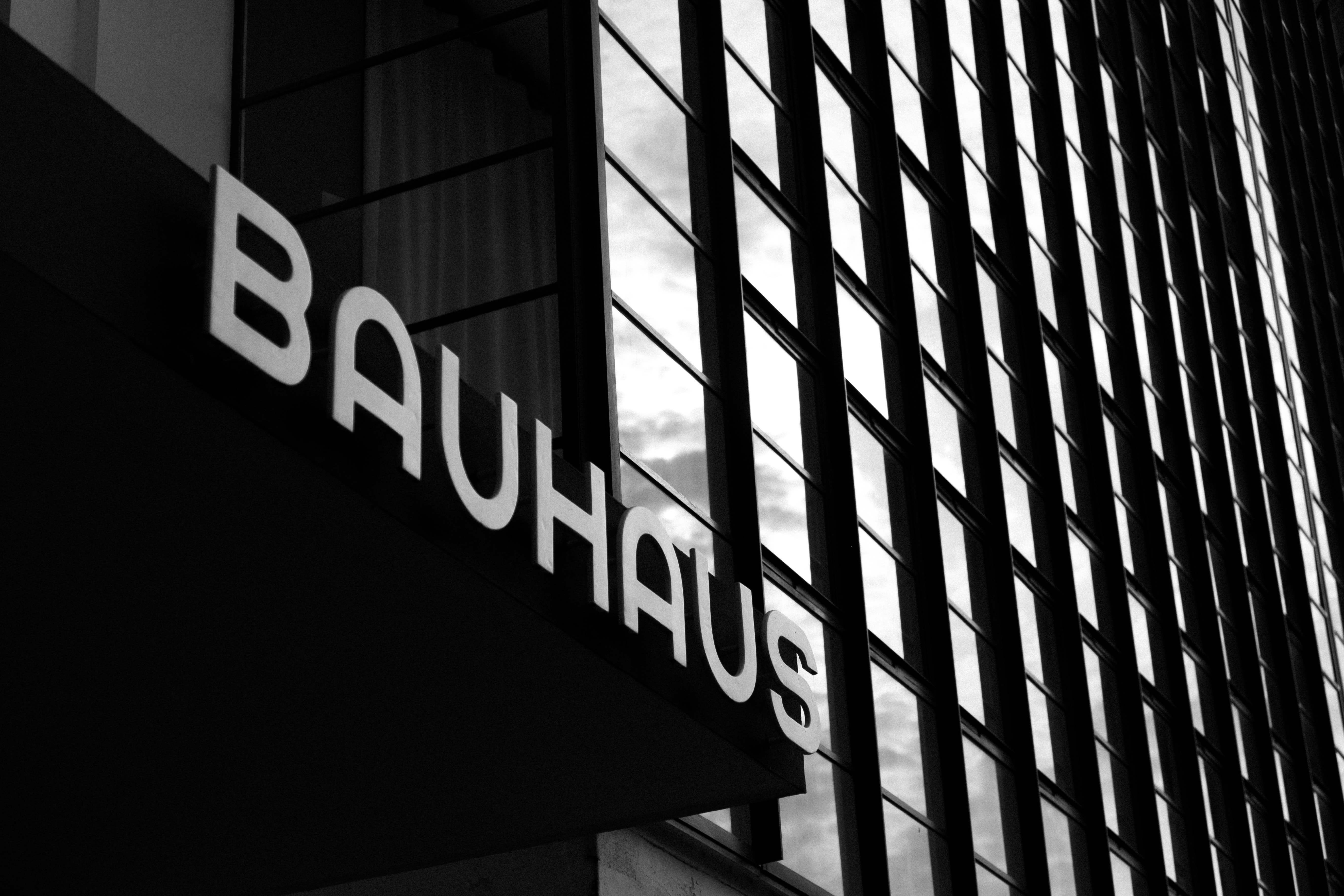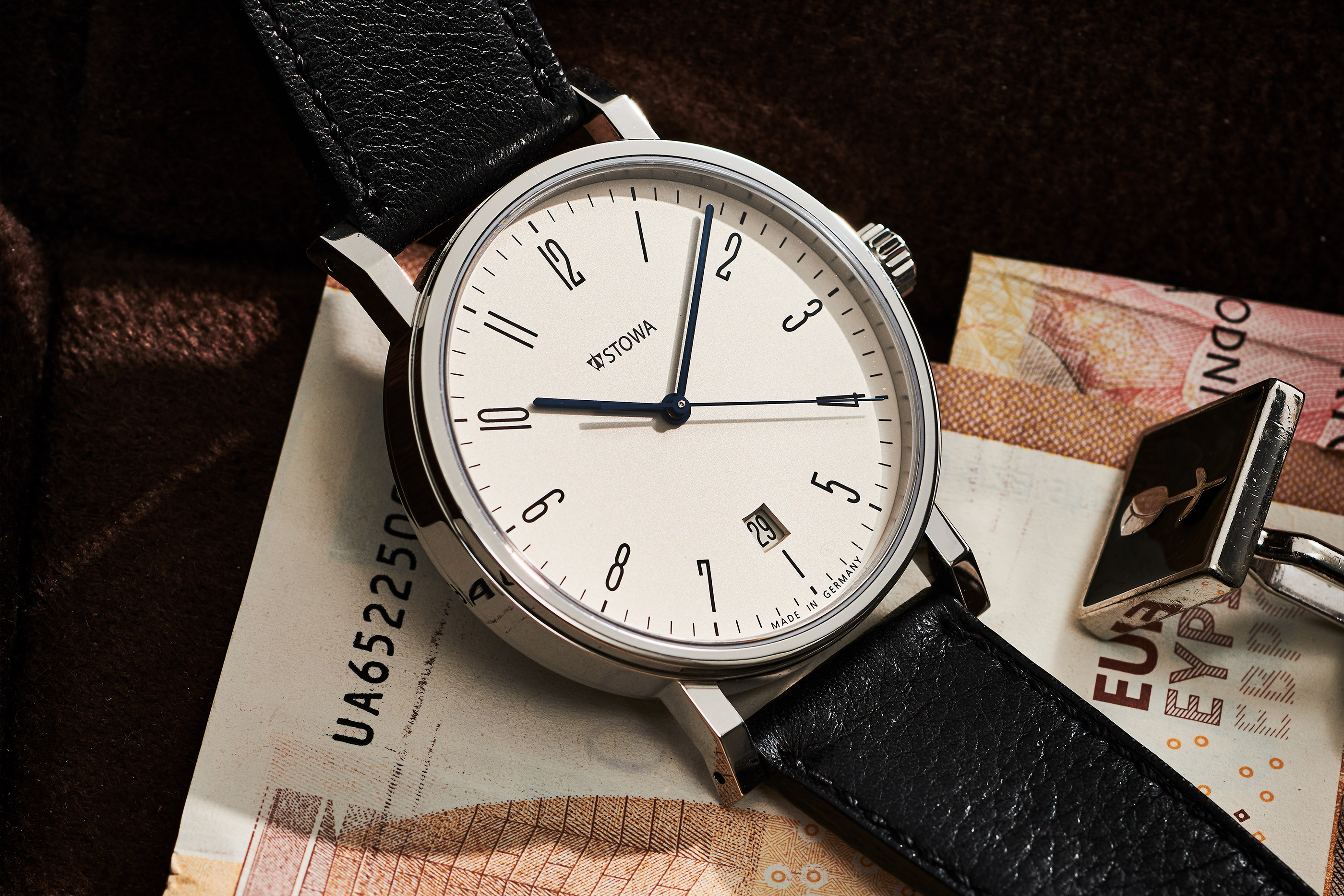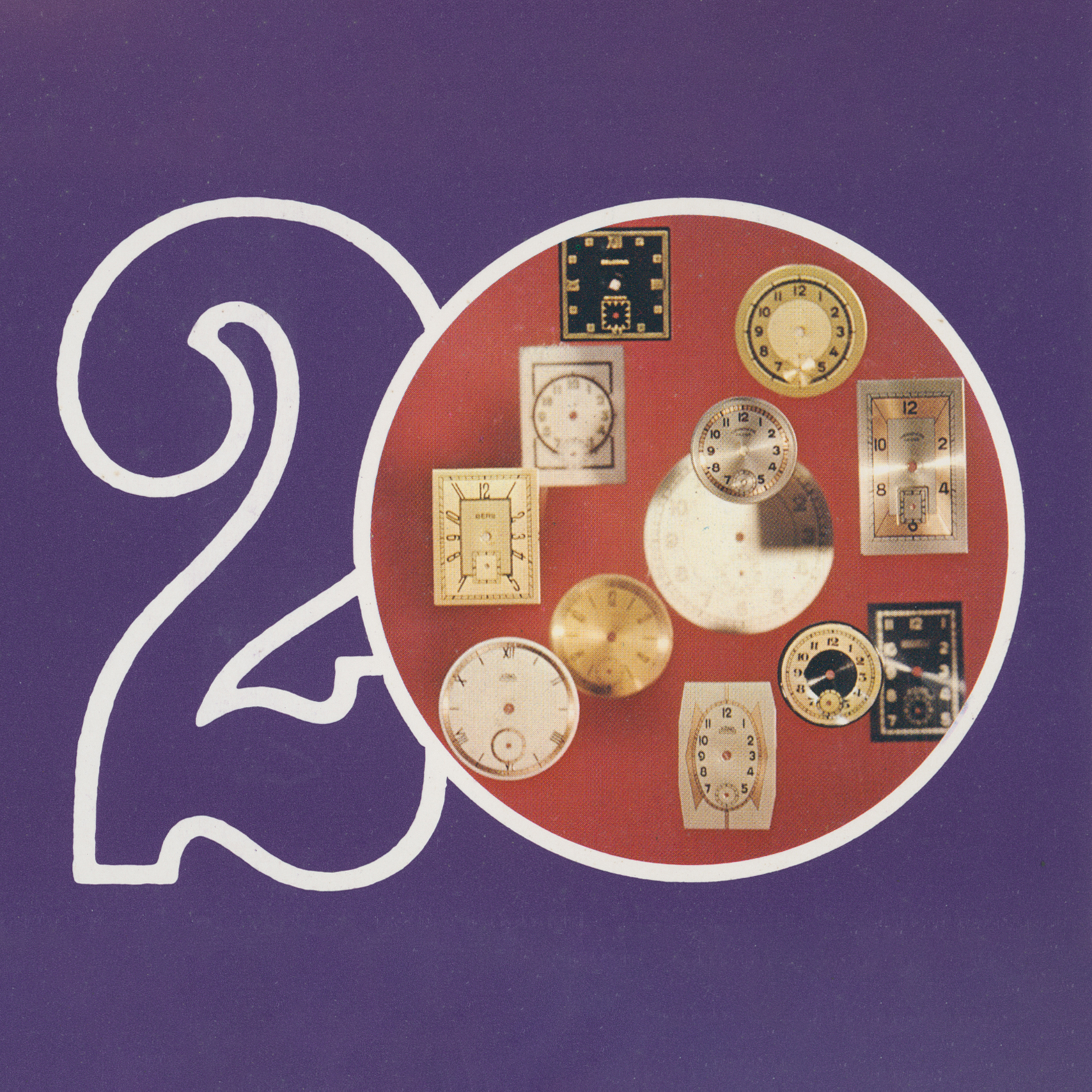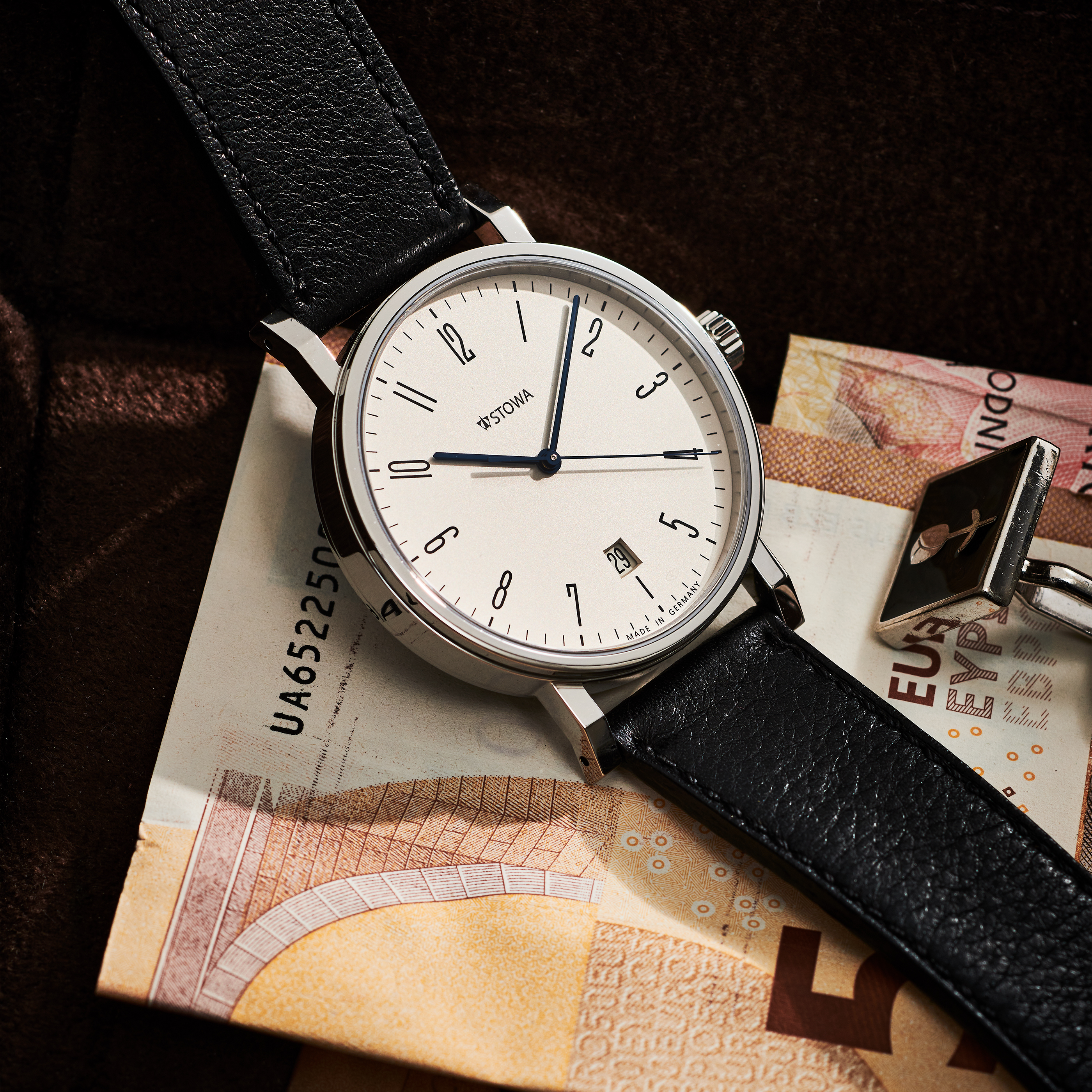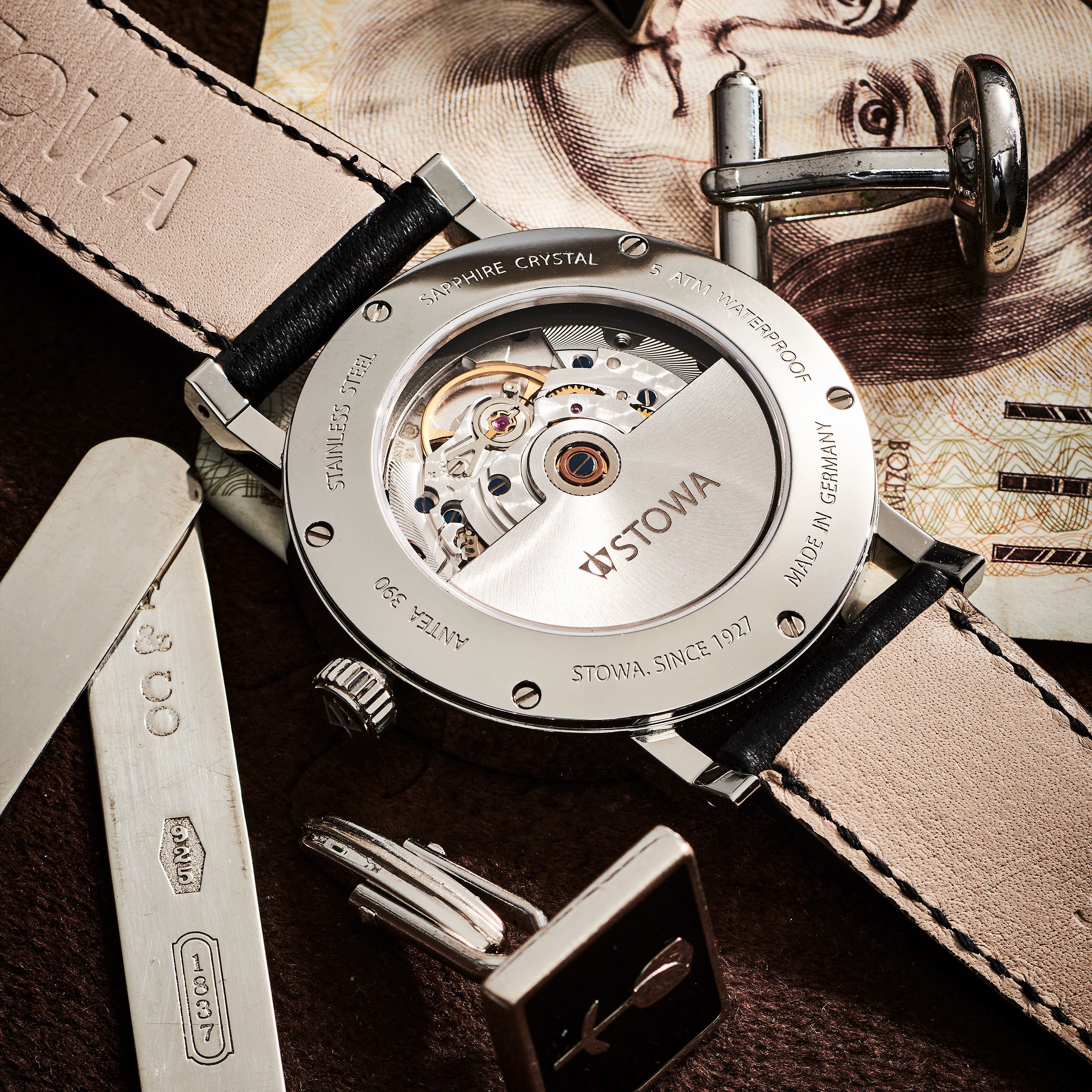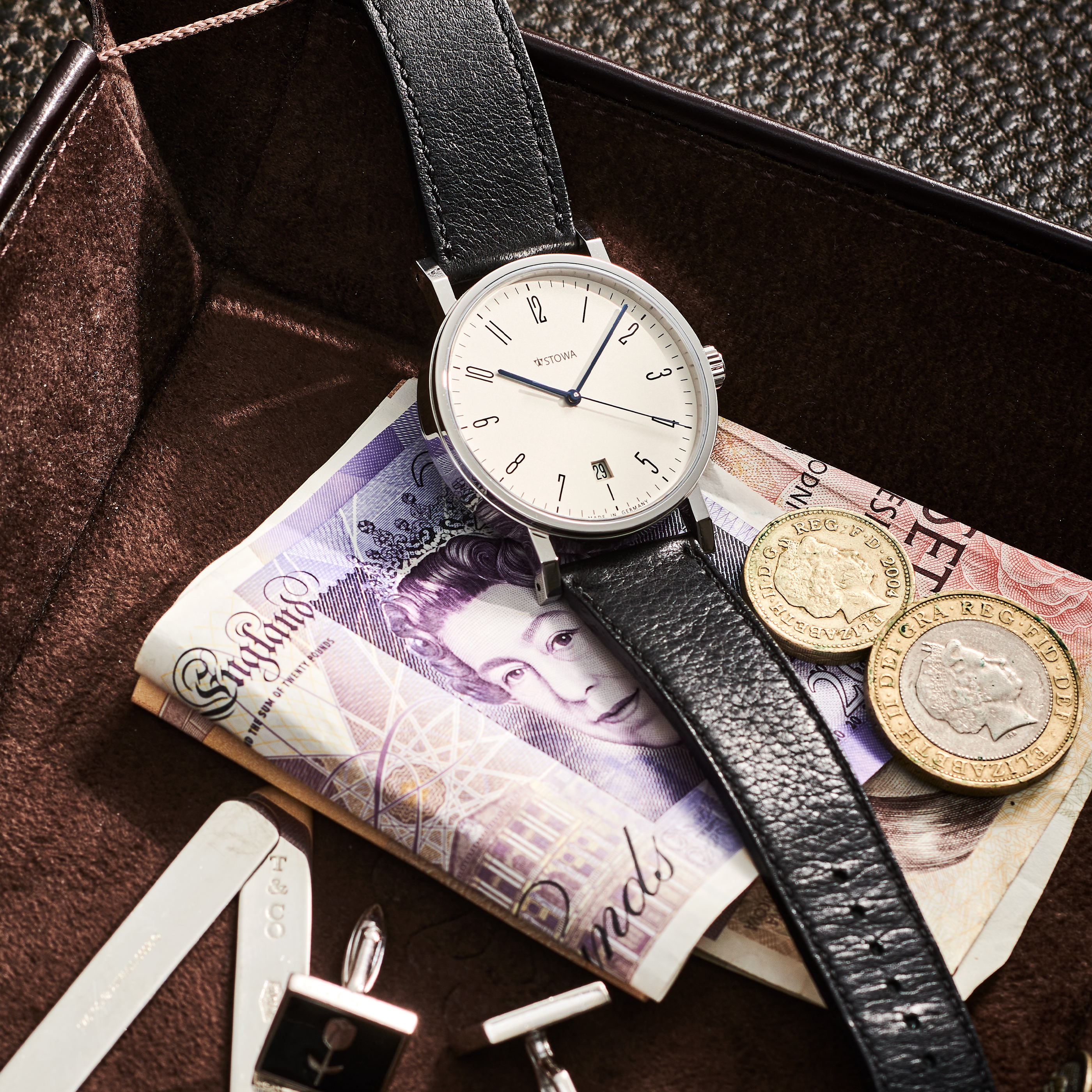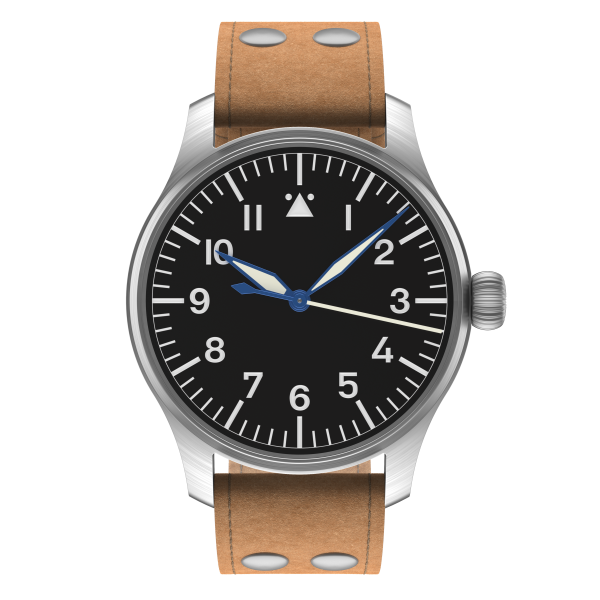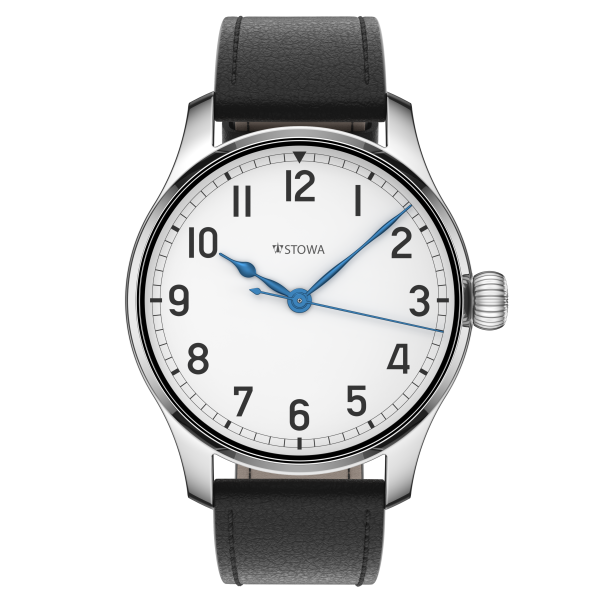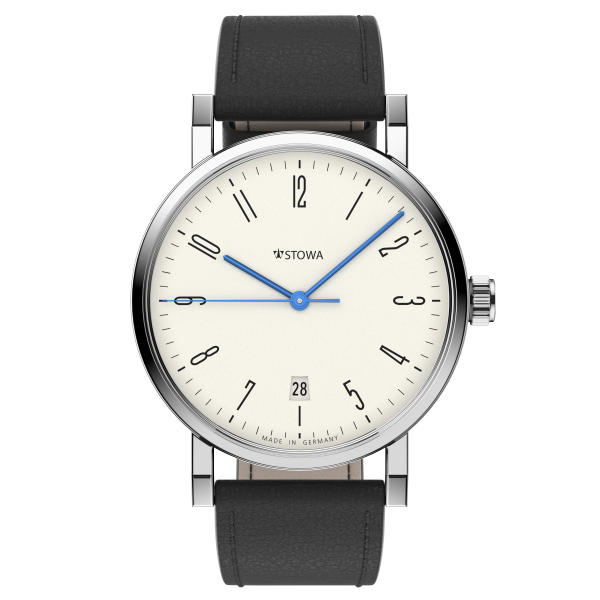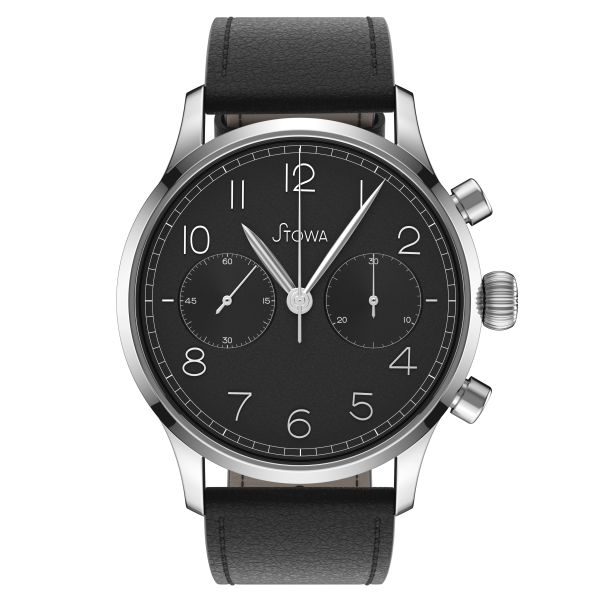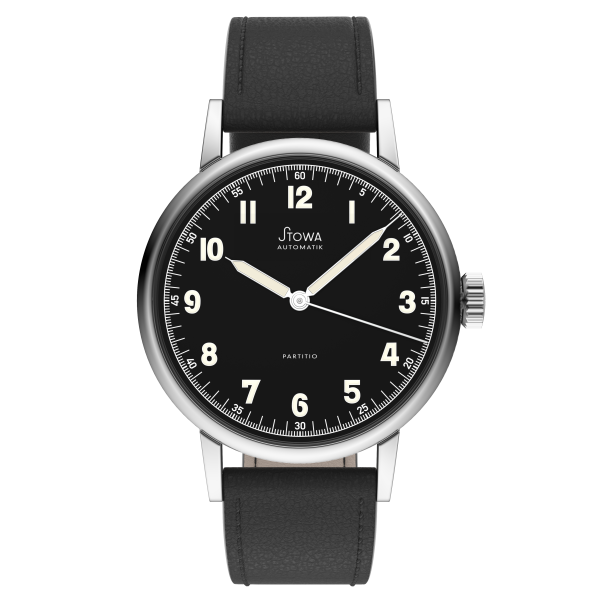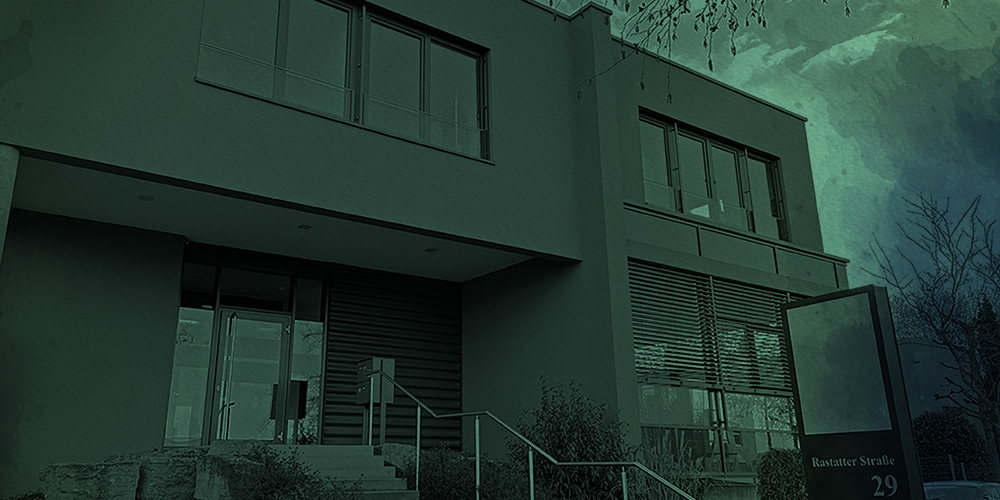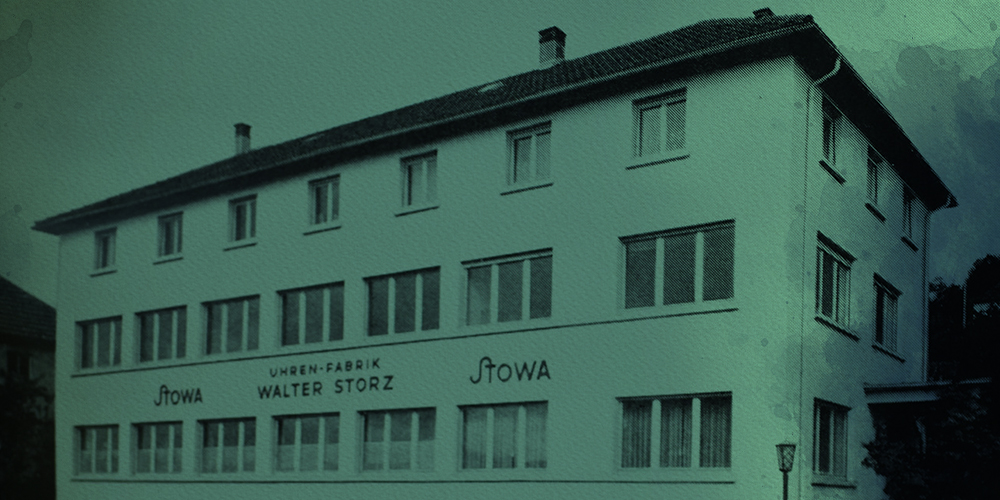History & Inspiration of Antea Design Line
Since about 1937 STOWA builds watches in the so-called Bauhaus style. The few watches from that time prove that not many companies have implemented the for that time, new design. Today, however, the simple and timeless design has prevailed. STOWA builds its classic since 2004 in a modernized form, in different sizes and different designs. In the STOWA museum, we have the original model on display, as well as many other interesting watch models from that time.
The question that arises: Were the dials of the 1930s inspired by the Bauhaus and is there a direct connection between the state school of design (1919-1933) and the design of the watch companies that existed at that time. STOWA was already active at the time of the Bauhaus (from 1927) and also produced watches in what is widely known as the Bauhaus style. In the meantime, it is clear that the watches, which are called "designed in Bauhaus style" today, all originate from the time from about 1937. The reports of contemporary witnesses and clear photographic material prove that a simpler dial design was implemented only after the end of the Bauhaus. That the dial design of the 1930s was nevertheless influenced by the Bauhaus and its trends is, however, very obvious. When asked, for example, who designed the dials at Weber & Baral, the son of the company's founder and long-time managing director, Mr. Karl D. Weber, provided some very interesting information. At that time his father Arthur Weber got the inspiration for new models from the current trends in fashion, new carpet and wallpaper patterns, as well as other things of daily life (e.g. furniture, lamps, etc.). From these, together with his designers and printers, he then developed new dial designs every day. So, in principle, he was the initiator and creator of the original dials of the 1937 STOWA and 1937 Lange & Söhne watch.
History of the Antea Design line
The original design comes from the dial company Weber & Baral from Pforzheim.1937 - Ladies watch, solid gold 585/000
This small ladies watch with black dial and gold Roman numerals is set in a 585/000 gold case.
1937 - Rectangular clock
Men's watch in gold plated case, with Arabic typography on the dial.
1937 – Lange
The Lange watch from about 1937 was one of the first watches influenced by the design language of the Bauhaus. The dial comes from Pforzheim. Documents show that Weber & Baral (formerly the largest dial company in the world) also supplied Lange & Söhne. Lange was customer No. 1, STOWA customer No. 3.
1937 – STOWA
STOWA too bought dials from Weber & Baral. Many different models - partly in real gold - round or also squared, were built with them (see pictures above). From the mid thirties on, the models of today's Antea series were made. In the STOWA museum you can see some of these classics from that time.
2004 – New edition
In 2004, STOWA reissued the original from 1937. Since then, the Antea Classic has been built unchanged and in different case sizes according to customer wishes. Whether manual winding or automatic, polished stainless steel case, silver plated dial or temperature blued steel hands. All these features distinguish this timeless and absolutely beautiful design.
2015 – Modernized
Antea back to bauhaus. STOWA modernized the classic Antea. Together with the world-famous designer Hartmut Esslinger, the new Antea line was created. Hartmut Esslinger used a font that has its origins in the Bauhaus period. This gives the watch a fresher and more modern look.
Award - Golden balance 2005 - Antea Creme
In 2005, the Antea Creme, the predecessor model of today's Antea 390, wins the Golden Balance of the Watch Magazine. Since then, this model has been built almost entirely unchanged. The value has been continuously increased in recent years by temperature-blued steel hands, silver dial, as well as a movement in TOP finish.
Weber & Baral dials
Weber & Baral - 1921-1973.
One of the largest dial factories in the world.
Around 1937. The inspiration of the design at that time always came from Arthur Weber (founder of the company) from Pforzheim.
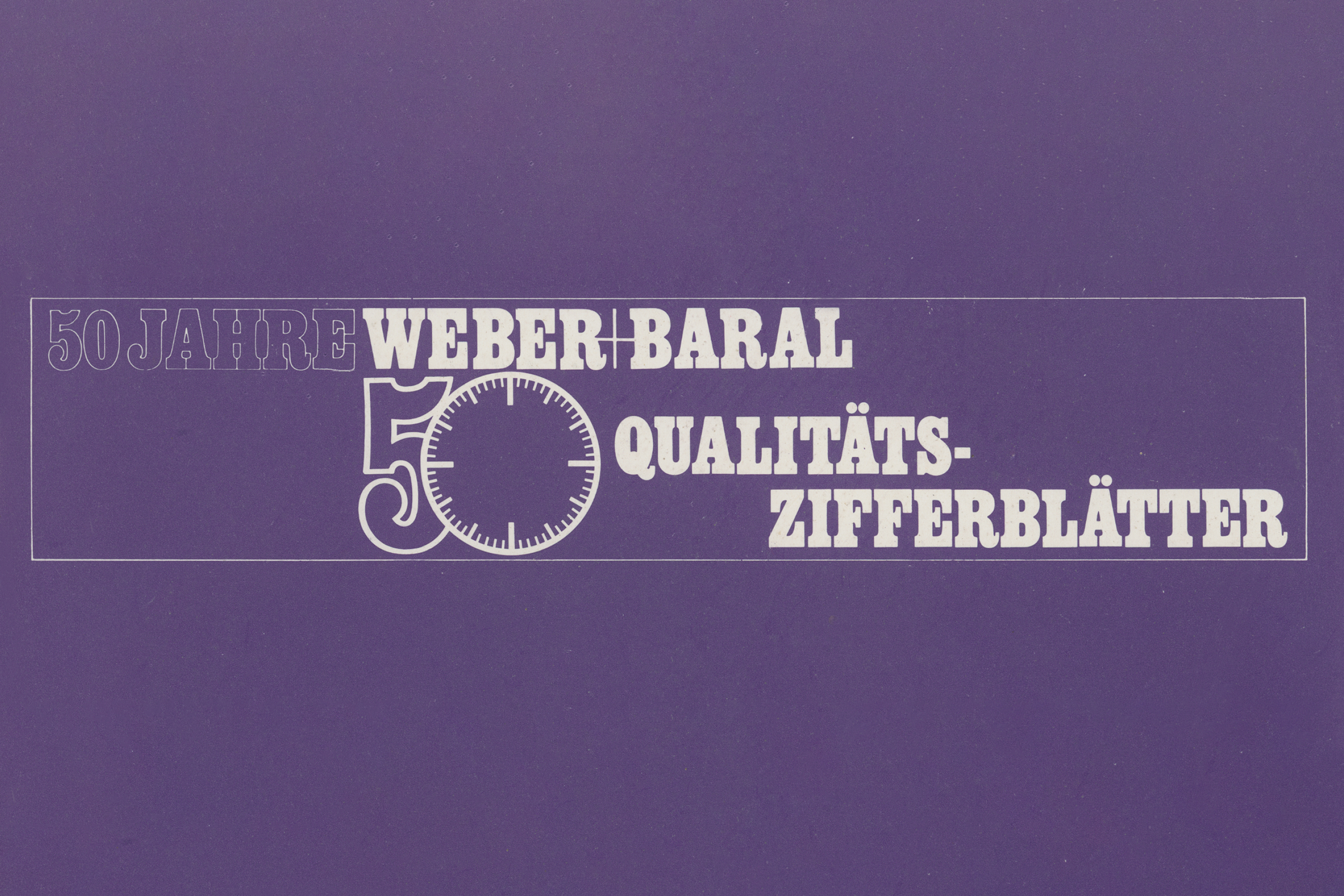
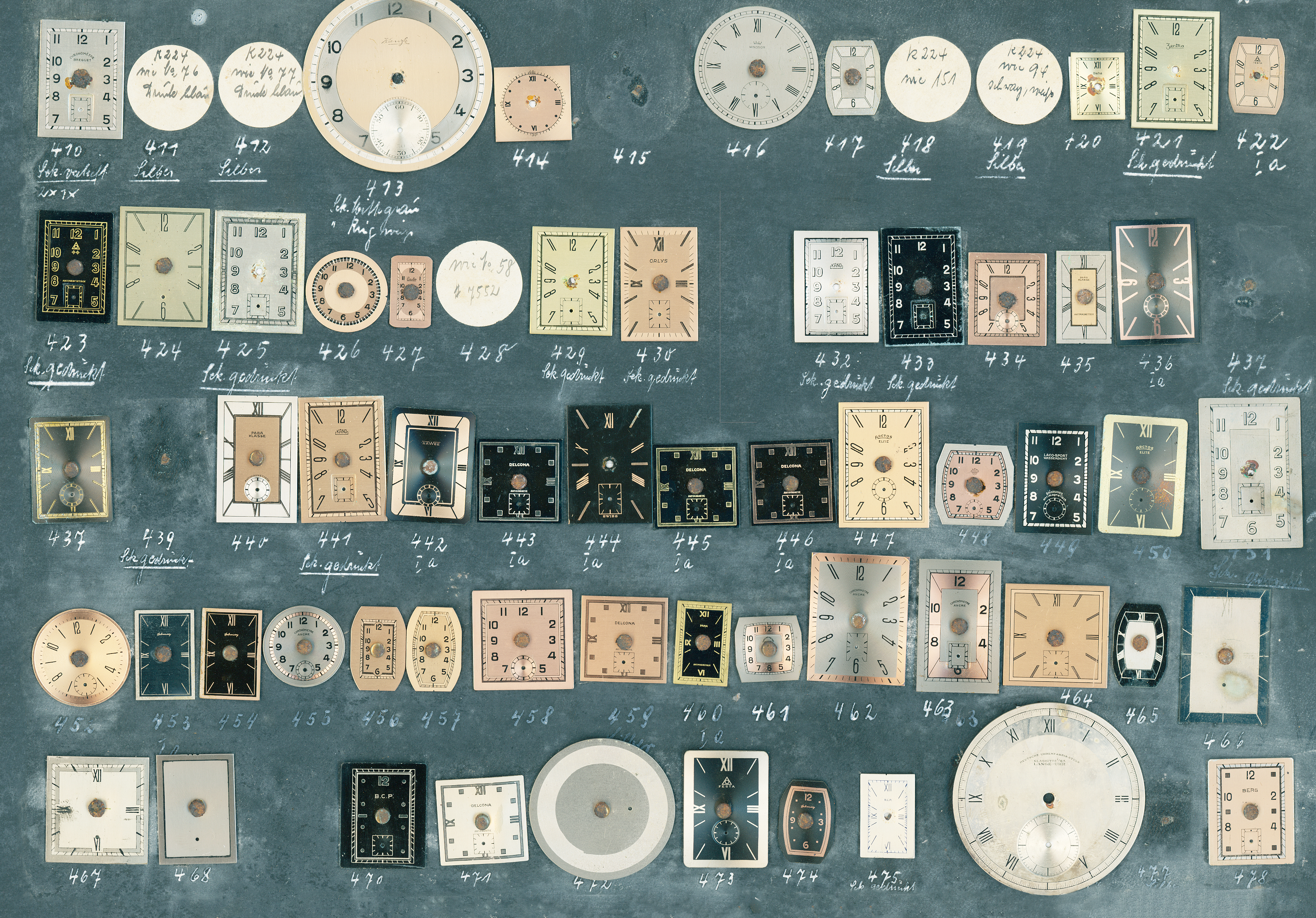
The state Bauhaus - the idea (1919-1933)
The Bauhaus existed for only 14 years, from 1919 to 1933, yet it became the most important school for architecture, design and art in the 20th century. In Weimar, Dessau and Berlin, it was repeatedly forced to make new beginnings due to political reasons, but it continued to develop under its three directors Walter Gropius, Hannes Meyer and Ludwig Mies van der Rohe. The claim to rethink design from the ground up and not to accept traditional certainties not only paved the way for the artistic dawn of modernism. Rather, it allowed the effects of the Bauhaus experiment to reach into our present day.
Architecture in the Bauhaus - the Weißenhofsiedlung - 1927
In 1927, the year STOWA was founded, an architectural highlight was created just 125 km away: the Weißenhofsiedlung in Stuttgart. It is considered one of the most important architectural settlements of the modern era. In the short construction period of only 21 weeks, 21 houses with a total of 63 apartments were built. Thus, this is not an evolved settlement, but the result of the exhibition The Dwelling. Parts of the Weißenhofsiedlung are now UNESCO World Heritage Sites.
